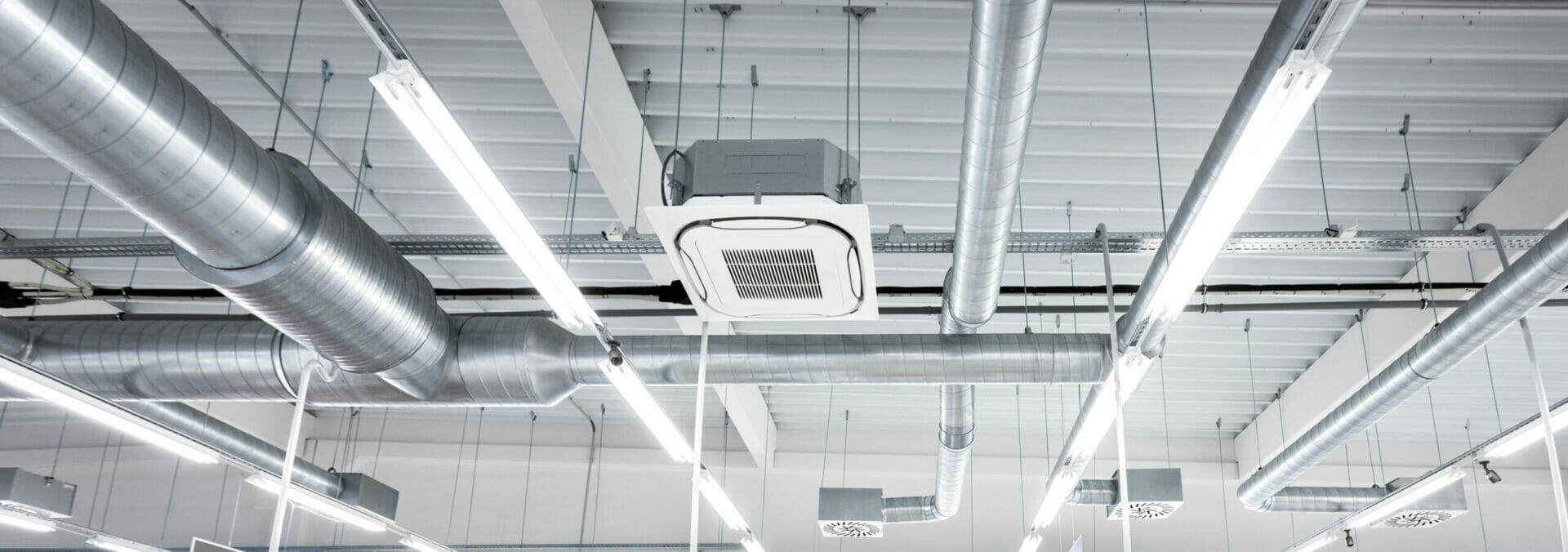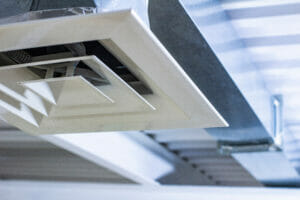
A Guide on How to Vent Your Steel Buildings Properly
Buying a steel building is more than just walking into a store and picking one. While you are planning and pricing, you’ll need to include a ventilation system that will fit your climate and the end-use of your metal building, along with other things like steel building insulation. If you are storing machinery in your steel building, you’ll need a different type of ventilation than if you are storing chemicals or hay bales.
Ventilation systems prevent chemical fumes from filling your building, regulate temperatures, and help reduce moisture and condensation that could lead to rust or other problems. Proper ventilation makes the facility more comfortable to work in.
The Importance of Metal Building Ventilation
Adequate ventilation helps keep your metal building in tip-top shape and controls the airflow, allowing for better temperature regulation to keep the building comfortable for workers and visitors. It can also protect the building from expanding and contracting in excess, which can weaken the integrity of the fasteners holding the metal structure together.
Ventilation helps control the quality of the air in the building, removing air pollutants and volatile organic compounds from the air — keeping it safe to breathe. This is particularly helpful in industrial and agricultural settings.
Metal building ventilation also controls condensation that can lead to corrosion and mold growth, which leads to an uncomfortable environment for living. Condensation can also contribute to lower insulation thermal performance or lead to insect infestation.
Ventilation Types
There are two main types of ventilation, active and natural. Active ventilation uses mechanical means to move the air around, like air conditioning or roof vents. Natural ventilation relies on thermal convection winds to move the air. Most buildings do best when they use a combination of the two methods.
Components of Active Ventilation
Active ventilation draws polluted, hot air out of a building while bringing fresh air in. There are three main types of components used in active ventilation.
HVAC Systems. Heating, ventilation, and air conditioning (HVAC) systems are used to cool and heat buildings. Most people are familiar with the air conditioners, heat pumps, furnaces and other components of an HVAC system.
Damper valves. These plate slopes regulate airflow inside of ductwork. They can also be used to apply climate control to a certain room or cut off airflow to a certain area.
Fans. There are two separate types of fans that work in an active ventilation system. Supply fans draw outside air in, creating pressure that pushes air out through cracks, vents, and openings. Exhaust fans, on the other hand, bring outside air in through vents and leaks in the building.
With active ventilation, stale air is replaced with fresh air on a consistent basis in any weather conditions. It keeps the temperature at a steady level wherever you set the thermostat, and the humidity gets pulled out of the air by the exhaust fans. It improves the comfort levels in the building by pulling the polluted air out of the building and replacing it with fresh air.
Components of Natural Ventilation
Natural ventilation uses openings to drive the outside air into a building, using cross ventilation and thermal buoyancy. Cross ventilation pushes cool air in through an opening in the building while forcing warm air out through a roof vent. Thermal buoyancy allows cooler air to drop to the lower part of a building while warm air rises out through the roof vents. There are several different components to natural ventilation.
Windows and doors. These common features allow fresh air to readily flow into a building while expunging hot, humid air. The hot, stale air rises toward vents of the roof, allowing space for cool air to flow into the building at a lower level. Some of these openings, such as doors, may be framed and customized to your metal building design.
Vents. There are three distinct types of vents — gravity vents, ridge ventilators, and turbine vents. Gravity vents work on the pressure difference between the outside and inside to allow fresh air into the building. Ridge vents provide passive airflow when installed on the top ridge of a building. Turbine vents spin in the wind, moving hot air up and out. All three vent types are extremely good at allowing air to flow through your building.
Louvers. This unique natural ventilation system not only enhances air flow into the building but also helps create resistance to dirt, high winds, and rainwater.
Natural ventilation can help with energy efficiency, lowering your energy bill and reducing your carbon footprint. There is also very little maintenance required with natural ventilation systems, so you save time and money on your maintenance bill. As with the active ventilation systems, these metal building ventilation systems improve the quality of air in the building, keeping you healthy. They also allow for consistent temperatures throughout your building.

The Best Steel Building Ventilation Systems
Active ventilation systems and natural ventilation systems are both efficient and effective at moving air through your building. The best ventilation systems combine these two systems together to create a unique solution for your building.
Using a natural ventilation system can save money and reduce your carbon footprint while keeping your building cool and condensation-free. Adding in an active ventilation system can help when extreme heat or cold swings through, allowing you to keep your steel building at a constant temperature even through these challenging weather conditions.
Understanding Ventilation Needs for Your Steel Building
As each steel building is unique, each ventilation system may also be different. A well-designed system will remove stagnant air from the inside, replacing it with fresh, cool air. This creates a comfortable, healthy environment for you while you are working in the building.
If you are looking to add a ventilation system to your building, or if you are constructing a new building and need help understanding which ventilation system will work best, give Maverick Steel Buildings a call. We can help you specify the best ventilation options for your steel structure. To learn more about the planning, designing, and pricing of our steel building kits contact our team of experts.